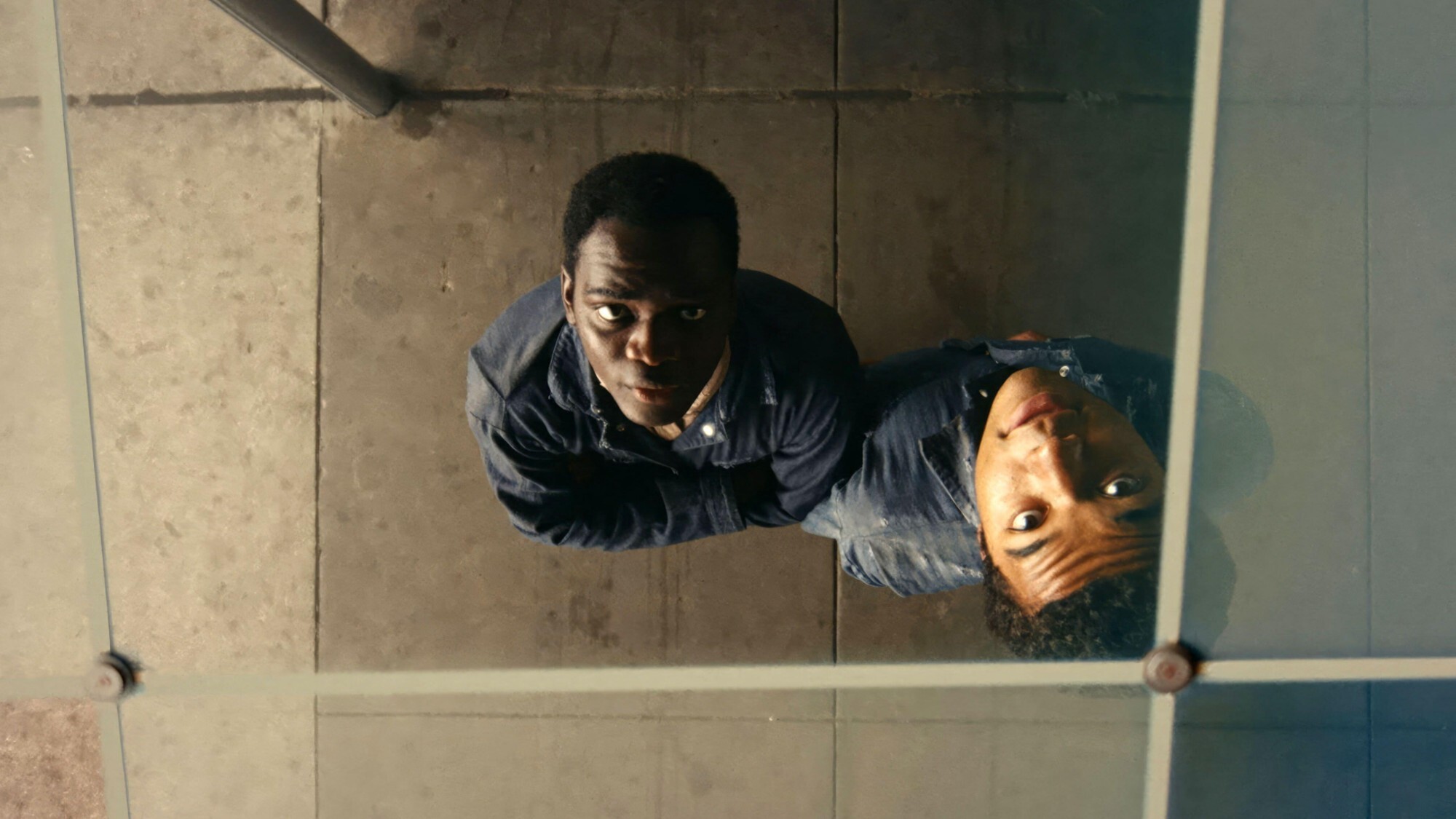This week’s travel dream: Eastern Europe’s cosmopolitan gem
Leipzig has long played a role in European culture, and after the fall of the Berlin Wall in 1989, Leipzigers turned to the arts to reinvent their city.
The fall of the Berlin Wall 20 years ago was sparked by events in the East German city of Leipzig, said G.Y. Dryansky in Condé Nast Traveler. In October 1989, hordes of demonstrators gathered outside Leipzig’s St. Nicholas Church to protest the repression of communist Germany. Just about a month later, the famous wall came tumbling down. Small yet mighty, the forward-thinking Leipzig “created the critical mass” that changed Europe forever. Today, a city that survived Napoleon, World War II, and the Stasi secret police “gleams like a beacon of renewed civilization.”
Sitting roughly 200 miles southwest of Berlin, the city has long been “Germany’s great window on the world,” playing a major role in European culture. The philosopher Nietzsche was born here. Bach was the choirmaster of St. Thomas Church. Goethe sipped Spätburgunder (Pinot Noir) at the famous wine bar and beer hall Auerbachs Keller. After the collapse of communism, while nearby cities “metastasized into the Wild East,” Leipzigers turned to the arts to reinvent their city. A former Hitler Youth quarters houses “some of the best post-rock”
shows around, the neorealism of the New Leipzig School is sought by art collectors from around the world, and a $135 million budget has been set aside for cultural affairs—all emblems of a renaissance that has once again made Leipzig a cosmopolitan international city.
The Week
Escape your echo chamber. Get the facts behind the news, plus analysis from multiple perspectives.

Sign up for The Week's Free Newsletters
From our morning news briefing to a weekly Good News Newsletter, get the best of The Week delivered directly to your inbox.
From our morning news briefing to a weekly Good News Newsletter, get the best of The Week delivered directly to your inbox.
Contemporary Leipzig inspires an “awareness that civilization is a stubborn thing and that every positive manifestation of it can survive.” Leipzig families contributed much of the collection at the Museum of Fine Arts, where visitors can view contemporary pieces as well as older classics. Built by merchants and funded by townspeople throughout its 250-year history, the Gewandhaus symphony hall remains home to the world-renowned orchestra of the same name; conductor Riccardo Chailly is considered “one of the luminaries of his generation.” You will leave this city “stimulated—and thinking about the resilience of Western civilization and culture.” Contact: Leipzig.de/int/en
A free daily email with the biggest news stories of the day – and the best features from TheWeek.com
-
 Political cartoons for January 4
Political cartoons for January 4Cartoons Sunday's political cartoons include a resolution to learn a new language, and new names in Hades and on battleships
-
 The ultimate films of 2025 by genre
The ultimate films of 2025 by genreThe Week Recommends From comedies to thrillers, documentaries to animations, 2025 featured some unforgettable film moments
-
 Political cartoons for January 3
Political cartoons for January 3Cartoons Saturday's political cartoons include citizen journalists, self-reflective AI, and Donald Trump's transparency